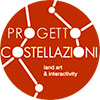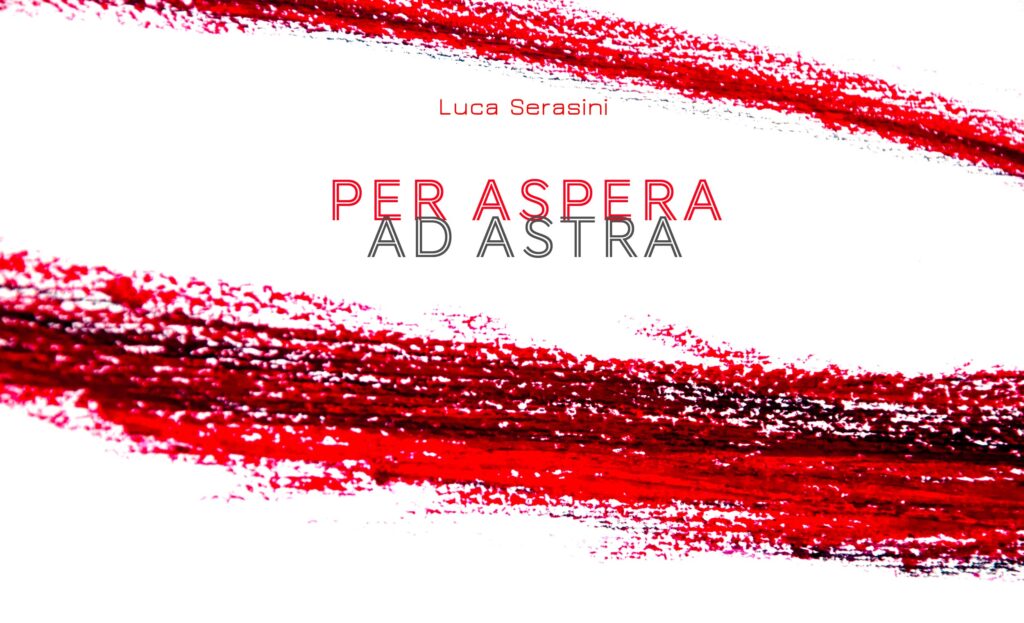
Progetto Costellazioni

PER ASPERA AD ASTRA – pandemic web project
(dalle asperità fino alle stelle – through hardships to the stars)
Personale ma virtuale – solo virtual exhibition
a cura/curated by Eleonora Raspi
suoni/sounds by Massimo Magrini
ufficio stampa/press office: Barbara Benincasi
[EN]
The artist’s hand draws his sign on the paper, in search of both a sentiment and an image holding their breath in the act of their own composition. The phases of researching, creating and returning are told by Serasini all along the four exhibition rooms, and so position themselves at their midst. The persistent circularity emerging from these works points out the vulnerable condition of the human existence, trapped in its own habits, straight perspectives and fixed ways of living. Transforming rather than coming back should be the main aim: the time of waiting – one of the issues tackled in Serasini’s works – allows the man to look into forgotten worlds and come closer to them again. And so, the naked man, who is red likewise his own thoughts in front of the mirror, liaises his feelings with the Romanticism sentiment, and so it addresses Nature looking for answers or finding himself again as part of it. “The land is guiding your steps” writes Serasini in Locus II, as he feels the urge to stress again the tight relationship between the man and his land. The color red is distinctive in these exposition rooms (especially Locus II and Locus III) and accompanies the viewer through this visual/sound experience: the overall effect is a cold and lively space. Like pieces of a puzzle, images fill the screen and create new pastiches, featuring Serasini’s distinctive freedom of creating and playing with his works. How did we arrive to such disintegration? How could we re-construct ourselves once we became aware of the impossibility of coming back to before? These questions lead the viewer to the last room, Locus IV, where figurative representation leaves the space to abstraction. “Binary stars”, new form in the artist’s vocabulary, represent the origin and the constant transformation of the matter: the romantic story of two stars that cannot live without each other, always together and infinitely repeated.
Eleonora Raspi
[IT]
La mano dell’artista incide il suo segno sulla carta alla ricerca di un sentimento e di un’immagine che indugia e trattiene il respiro nell’atto stesso della sua composizione. Comporre, scrutare e restituire sono il mantra di questa esperienza virtuale, e raccontati da Serasini in maniera diretta e franca. Una circolarità persistente che più che mai come adesso rivela la fragile condizione di esseri umani catturati all’interno di abitudini, modi e percezioni difficili da superare. Trasformarsi, più che ritornare, dovrebbe essere il primo obiettivo: il momento dell’attesa, così imperfetta ma persistente in questi ultimi lavori di Serasini, ci permette finalmente di osservare all’interno di mondi dimenticati, da cui avevamo preso le distanze.
E allora ecco che l’uomo, nudo, rosso come i suoi pensieri allo specchio, acquista un sapore di fine settecento, e si rivolge alla Natura in cerca di risposte, e forse si ritrova ancora una volta parte di essa.
“E’ la terra, la terra che muove i tuoi passi”, scrive l’autore in Locus II, come a sottolineare ancora una volta lo stretto legame tra l’uomo e la Terra stessa. Il segno distintivo di queste stanze (in particolare Locus II e III) è sempre il rosso e ci accompagna in questa esperienza visiva/musicale: vivace e fredda allo stesso tempo. Come tanti pezzetti di un puzzle, le immagini si stagliano e si compongono nello schermo per creare nuovi pastiche, caratterizzati dalla libertà di gioco che da sempre caratterizza Serasini. Come siamo arrivati a questa scomposizione? Come fare a ricostruire/si una volta consapevoli che le parti non possono più combaciare come prima?
Queste le domande che ci portiamo fino all’ultima stanza, Locus IV, laddove il figurativo lascia spazio all’astrazione e immaginazione. Le “stelle binarie”, apparse non da molto nel vocabolario dell’artista, rappresentano l’origine e il continuo movimento della materia stessa: la storia romantica di due stelle che non possono fare a meno l’una dell’altra, sempre insieme e ripetute infinite volte.
Eleonora Raspi